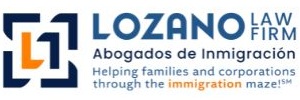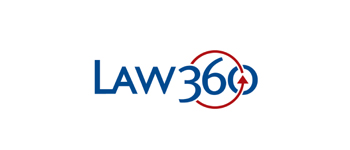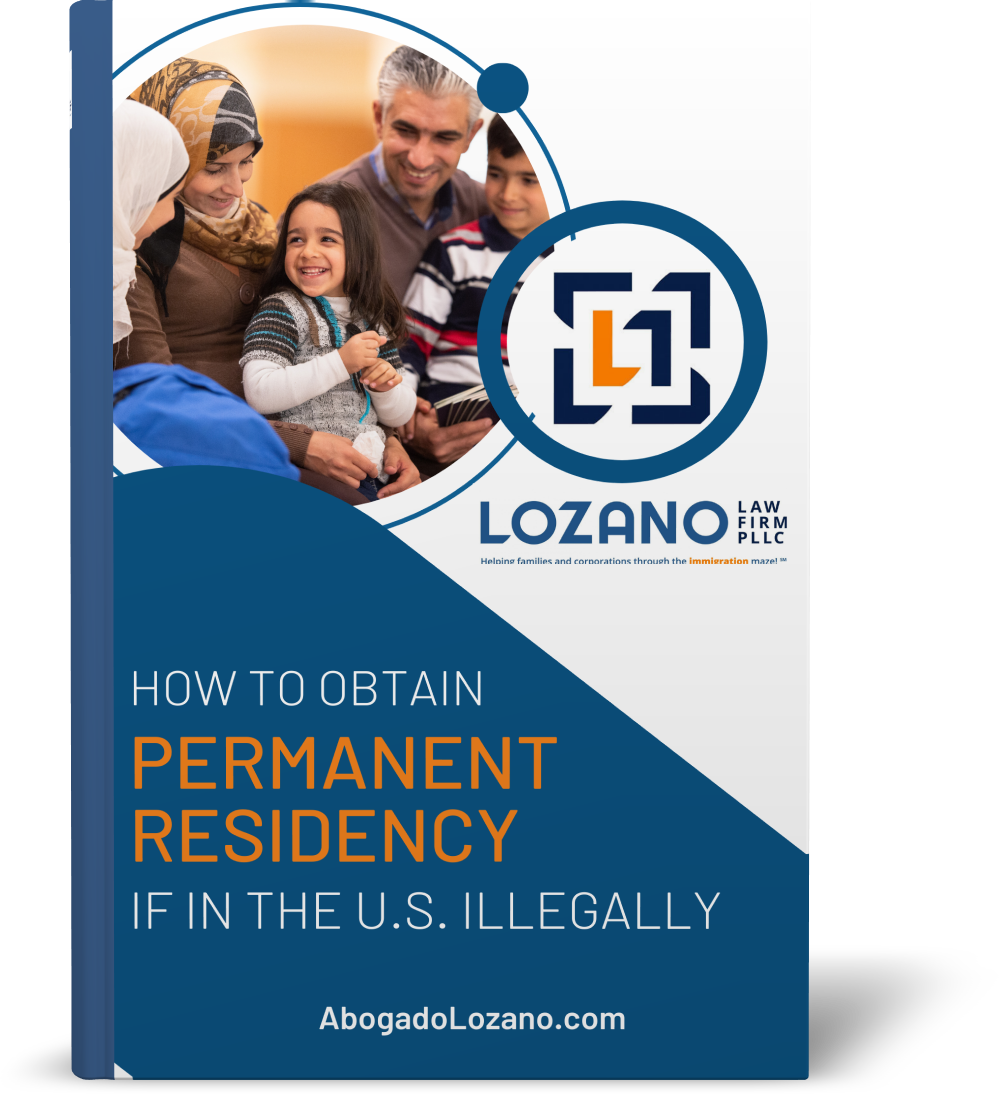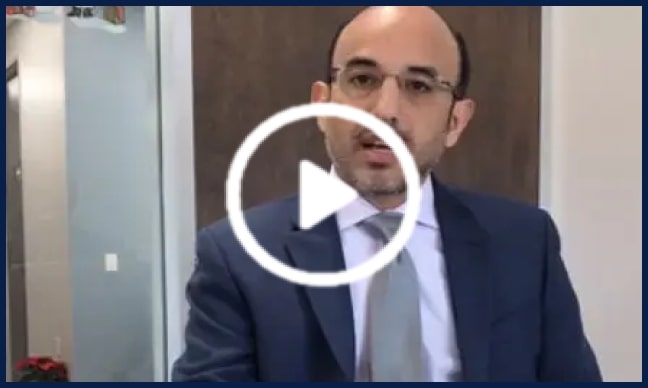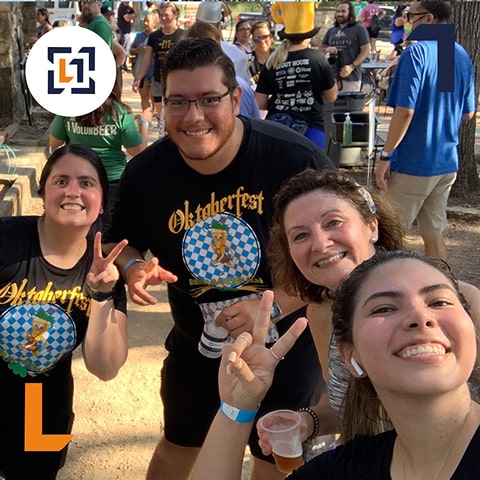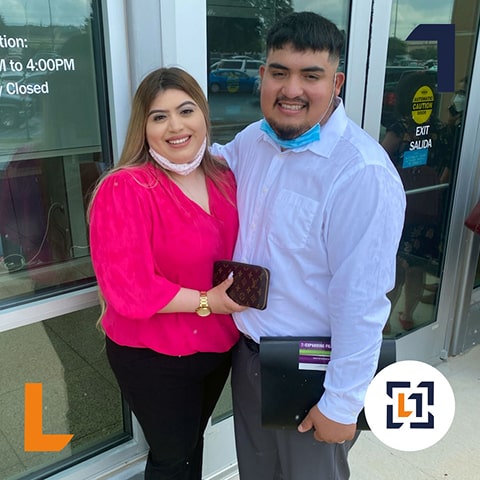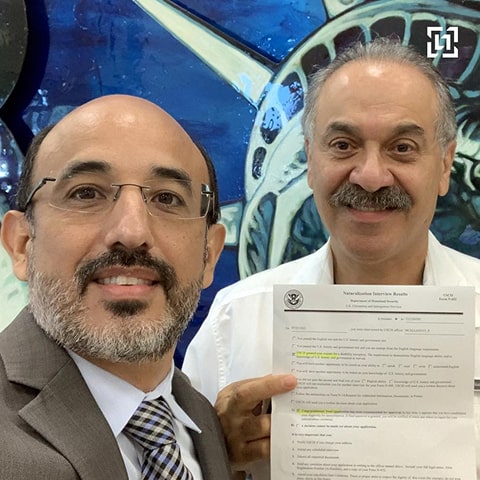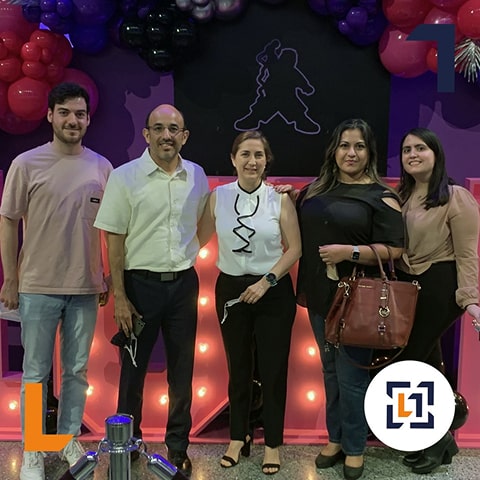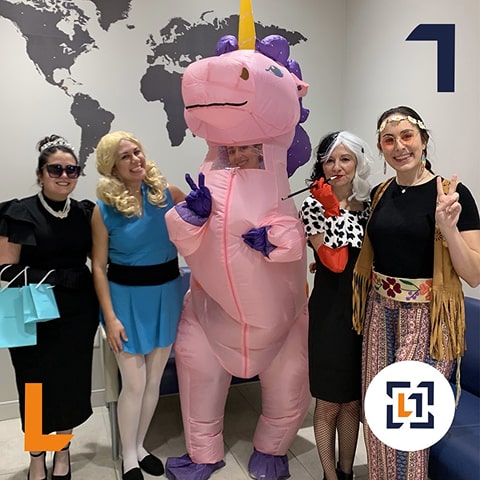You’re not alone if you’re struggling to find skilled workers locally. Many San Antonio businesses turn to foreign talent to fill specialty roles. However, hiring them requires more than just a job offer. To do it legally, you often need the guidance of a PERM labor certification attorney to meet federal requirements and secure authorization.
This guide can help you understand the certification process and potential alternatives as an employer exploring an international workforce. It covers key requirements, common challenges, and other employment options.
What Is PERM Labor Certification?
If you’re struggling to fill specialty occupations with local talent, especially in fields like healthcare or engineering, trying to hire foreign workers may be a logical step. However, the U.S. government requires employers to complete the PERM labor certification to bring them here permanently.
The PERM certification process asks you to show that hiring locally wasn’t successful by documenting your recruitment efforts. By requiring this proof, the process helps keep job competition fair while letting you pursue international hires. For employers, this is a vital first step in securing the legal approval to sponsor a foreign worker for permanent residency.
Not every job or industry needs PERM certification. It’s for businesses facing talent shortages that could hinder vital work. Sectors like STEM, healthcare, and technology often rely on foreign hires to bring in talents and skills that are hard to find locally.
Knowing what PERM labor certification is and who needs it gives you the foundation for pursuing this option. However, it’s just the beginning. You must meet specific qualifications to move forward with a PERM application. These requirements ensure foreign hires complement, not replace, the existing workforce.
What Are The Key Requirements For Certification?
Securing PERM labor certification involves more than just a straightforward application. To gain approval, you must meet several requirements demonstrating your genuine need for a foreign worker and commitment to fair hiring practices. Here’s a closer look at the standards you’ll need to meet:
- Full-Time, Permanent Position: To qualify for PERM labor certification, you must be full-time and permanent. It is not a short-term fix or a side gig; it’s a role that the business intends to maintain for the long haul.
- Prevailing Wage Standards: The Department of Labor requires employers to offer a “prevailing wage” for the role, ensuring fair compensation in line with local standards. This wage level protects U.S. wage standards and prevents underpayments.
- Recruitment Efforts & Proof Of Need: Employers must prove they have tried recruiting U.S. workers before turning to foreign labor. It includes advertising the position and documenting each step to show no qualified U.S. worker applied.
- Non-Discriminatory Practices: The PERM process also requires fair and unbiased recruitment practices, ensuring all candidates have an equal chance. Employers must show that the position was open to U.S. workers and that hiring decisions were based on merit.
Meeting the requirements for PERM labor certification sets the stage, but fulfilling them requires careful planning and a detailed approach. For your application to succeed, you must complete each step without missing critical details. Understanding the process can help you gain a clearer picture of it.
How Does The Application Process Work?
Applying for PERM labor certification requires precise documentation and multiple steps to meet U.S. Department of Labor (DOL) standards. Each step builds on the last, and even small details matter. Following the process carefully can make all the difference, from gathering the proper documentation to navigating long wait times.
Complete ETA Form 9089
The process begins with filling out ETA Form 9089, the “Application for Permanent Employment Certification” form. This form is central to the application and contains information about the job, you as the employer, and the recruitment efforts to find U.S. workers.
Given the form’s level of detail, accuracy is vital. You must list specific job duties, educational and experience requirements, wage details, and all recruitment efforts. A PERM labor certification lawyer helps you complete each section meticulously to prevent any errors that could cause delays.
File Form I-140
Once the DOL certifies ETA Form 9089, the next step is to file Form I-140, the Immigrant Petition for Alien Worker. This form confirms that the business intends to hire the foreign worker permanently and is submitted to U.S. Citizenship and Immigration Services (USCIS).
At this stage, the employer demonstrates that they can offer ongoing employment at the prevailing wage. A work Visa attorney in San Antonio can help you compile the necessary paperwork for this form to ensure compliance with USCIS requirements.
Gather & Submit Supporting Documentation
Employers need supporting documentation in addition to forms to verify their application claims. This may include financial records, profit and loss statements, recruitment records, and evidence of the business’s ability to pay the worker’s salary.
These documents help show both the DOL and USCIS that you’ve run a fair recruitment process. They also demonstrate that you genuinely need the position and can financially support the worker’s role.
DOL Review & Decision
Once the DOL receives the completed application and supporting materials, it begins its review process. This stage can take months as they assess the business’s eligibility and the role’s compliance with PERM requirements. DOL may reach out for additional information, so be prepared for possible follow-ups as they finalize their decision.
Adjustment Of Status To Green Card
If your labor certification is approved, your foreign employee may be eligible to apply for an Adjustment of Status with USCIS to transition to a Green Card. If successful, this final step changes their Visa to permanent residency, allowing them to work with you long-term and establish lawful resident status in the U.S.
Each step is necessary to meet the DOL and USCIS standards, and careful planning at each stage increases the likelihood of a successful outcome. By working with a PERM labor certification law firm, employers can avoid common pitfalls and ensure their application stays on track.
How Can You Overcome Common Challenges?
The PERM labor certification process has challenges. Early recognition of these and preparation of strategies can improve one’s chances of success. Here are four common issues and practical ways to tackle them.
Meeting Prevailing Wage Requirements
Ensuring your offered salary meets the DOL’s prevailing wage standards is a frequent hurdle, as these rates vary by location and industry. Offering less leads to denial, so request a prevailing wage determination from the DOL. Check that your offer aligns with the recent standard, and if it’s higher than anticipated, consider adjusting the position’s budget.
Thoroughly Documenting Recruitment Efforts
Only complete or consistent documentation of recruitment efforts can raise red flags with the DOL. Keep detailed records of all recruitment efforts, including job postings, applicant responses, and interview notes. With organized, complete records, you’ll be ready to demonstrate compliance if the DOL requests additional proof.
Handling Potential Processing Delays
Processing times for PERM labor certification can be several months or more; unexpected delays often occur if additional information is needed. To minimize delays, submit all required information accurately and on time and promptly respond to DOL or USCIS inquiries.
Demonstrating Financial Stability
Employers must show they have the financial resources to support the foreign worker’s salary and benefits. Without clear financial proof, you risk a denial. Prepare to submit organized financial records, such as profit and loss statements, tax returns, and payroll summaries. It reinforces your capability to meet wage requirements and support the new hire.
By addressing these common challenges head-on, you’ll be better equipped to navigate the PERM labor certification process effectively. Careful preparation and thorough documentation will help you avoid setbacks and keep your application moving forward.
Are There Alternatives To Labor Certification?
If the traditional PERM labor certification process doesn’t fit your needs, a National Interest Waiver (NIW) may provide a streamlined alternative. It waives the labor certification requirement if you can show that hiring a foreign worker serves a broader public benefit.
To qualify for an NIW, you need to demonstrate three things. First, the job has substantial merit and importance. Second, you must show that waiving the labor certification will benefit the U.S., especially if workers’ contributions are hard to replace. Lastly, proving that the workers’ skills directly support this national interest is essential.
Aside from the NIW, some roles in high-demand sectors, such as specific healthcare or teaching positions, may be exempt from labor certification. For highly skilled professionals, Visas like the EB-1 or EB-2 offer another option. These allow employment without requiring the PERM process.
If the traditional PERM labor certification route doesn’t suit your needs, exploring alternatives might be the right solution. These options can simplify the process, saving time and resources. However, understanding which fits your hiring goals can be challenging. This is where a skilled employment sponsorship lawyer can offer invaluable support.
How Can Lozano Law Firm Support Your Hiring Needs?
At Lozano Law Firm, we know immigration requirements often create stress when finding the right talent. Our team guides you through every step of the PERM labor certification process. We can help you from determining prevailing wages to ensuring your documentation meets Department of Labor standards.
We streamline the process so you can focus on building your team. Our team strives to go beyond legal assistance by partnering with you to provide clarity and confidence as you meet your hiring goals. In addition to labor certification, we help you explore other options, such as National Interest Waivers and exemptions.
We aim to simplify these pathways and make hiring manageable for you. We also ensure compliance with all legal requirements, helping you secure skilled foreign talent without unnecessary delays. Additionally, we assist your hires in obtaining a Green Card through employment, supporting their journey toward permanent residency.
PERM labor certification provides a valuable solution for San Antonio employers seeking skilled foreign talent for hard-to-fill roles. However, the process includes several key steps, from meeting prevailing wage requirements to documenting recruitment efforts and proving financial stability.
Each phase presents challenges for businesses unfamiliar with these requirements, but with the proper preparation, you can increase your chances of a smooth approval. Lozano Law Firm offers tailored support to help employers navigate these options and meet their unique hiring goals.
San Antonio PERM Labor Certification FAQs
What Is A Prevailing Wage & Why Is It Important?
The prevailing wage is the minimum salary required by the Department of Labor for the job being offered. It ensures fair pay for foreign and U.S. workers alike. We assist Texas employers with accurate job descriptions and wage requests to avoid DOL rejections or audits.
What Kind Of Recruitment Is Required For PERM?
PERM requires the employer to advertise the job in multiple places, such as newspapers, job boards, and internal postings, to prove that no qualified U.S. worker is available. We guide San Antonio employers through compliant recruitment steps and maintain the necessary documentation.
Can The Foreign Worker Help With Recruitment?
No. The foreign worker must not be involved in the recruitment process. It must be handled entirely by the employer. We train Texas HR teams on how to conduct lawful, independent recruitment and how to document the results.
What Happens If A Qualified U.S. Worker Applies?
If a U.S. worker meets the job requirements and is available, the employer must consider the application seriously. If the position can be filled, the PERM case may be closed. We help San Antonio employers write precise job requirements and evaluate applications in line with DOL expectations.
What Is Form ETA 9089?
Form ETA 9089 is the official PERM application submitted to the Department of Labor. It includes job details, recruitment results, wage data, and worker qualifications. We ensure that all fields are filled accurately and submitted electronically through the DOL portal.
Can I File The Green Card Petition Without PERM?
Some categories, like EB-1 (extraordinary ability) or National Interest Waiver (NIW), do not require PERM. We evaluate whether a PERM-based or PERM-exempt strategy makes sense for your position and long-term immigration goals in San Antonio, Texas.
Are Requirements Different For Universities Or Research Institutions?
Certain nonprofit and educational institutions may qualify for “Schedule A” or other PERM exemptions. We help San Antonio-area colleges, hospitals, and research labs determine if they can bypass parts of the standard labor certification process.
Can I File PERM For A Remote Or Hybrid Role?
Possibly, but the location of the job—especially the place of intended employment—affects wage determinations and recruitment areas. We help San Antonio employers navigate remote work scenarios and structure the PERM application correctly.
How Can I Start The PERM Process In San Antonio, TX?
Contact Lozano Law Firm for a free case evaluation. We’ll review the position, assess whether PERM is required, and help you begin the sponsorship process with full compliance, from wage requests to recruitment and final DOL certification.
